Production designer Judy Becker and set decorator Patricia Cuccia took a stripped-down approach to their work on The Brutalist
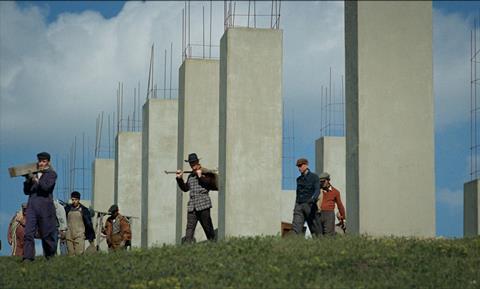
Every film production design job has its unique challenges, but on The Brutalist those challenges were especially striking. After all, Brady Corbet’s uncompromising period drama tells the story of a fictional Hungarian-Jewish architect and Holocaust survivor (Adrien Brody) who is hailed as a visionary genius when he comes to the US, so the design team had to visualise buildings and furniture that lived up to that exalted billing. It sounds like a daunting task.
“Surprisingly, I didn’t think about that too much,” says Judy Becker, The Brutalist’s production designer. “I just forged ahead like I usually do when I’m designing a movie. The hard part of any project is the nitty gritty – hiring the crew and getting the materials and making it work with the budget and the timeframes. All of that stuff is the daunting part, but the actual design aspect was in my comfort zone.”
“And also,” says Patricia Cuccia, the film’s set decorator, “when we started this thing, can you imagine if someone had said, ‘Oh, by the way, the whole world’s going to be looking at your work?’ You just don’t think of that. You just do your job.”
As it turns out, the whole world – or at least the film community – is indeed looking at their work. Becker and Cuccia earned a Bafta nomination for The Brutalist in January, and their interview with Screen International takes place just six hours after their Oscar nomination was announced. The film itself – distributed by A24 in the US and Universal/Focus Features internationally – has earned nine Bafta nominations and 10 at Oscar.
Becker and Cuccia have had similar career paths: both learned their craft on sets rather than in film schools, climbing the ladder from the lowliest odd jobs to the positions where they felt at home. But they did not meet until Becker made the jump from relatively low-key indie films to more-prestige projects with Ang Lee’s Brokeback Mountain (2005).
“I called up all these set decorators in the States, and they were like, ‘Well, how much does it pay?’ I said, ‘It doesn’t pay much, but it’s Ang Lee and Heath Ledger and Jake Gyllenhaal.’ And they were like, ‘No, I can’t do it for the money.’ And then I called Patti, who had done some work with Atom Egoyan [on 1997’s The Sweet Hereafter and 2002’s Ararat] that I liked, and she said, ‘Oh my God, Ang Lee! I’m getting on a plane!’ And sure enough, here we are, many years later.”
Since Brokeback Mountain, Becker and Cuccia have collaborated on Todd Haynes’ I’m Not There and David O Russell’s Amsterdam, as well as racking up stellar credits independently of each other. Along with Haynes’ Carol and Steve McQueen’s Shame, Becker designed Russell’s last six films and was Oscar-nominated for American Hustle. Becker says she is “director-driven”, telling her agent she wanted to work with Corbet as soon as she saw the former child actor’s feature directing debut The Childhood Of A Leader (2015), but it took years for their schedules to align: even The Brutalist had a different production designer before Becker took over in the spring of 2021.
Despite this delay, the project feels as if it was always meant for her, given a longstanding passion for brutalism. “I’ve been interested in architecture since I was five years old,” she says. “I never studied it formally, but I’ve always looked at buildings and thought about them and analysed them. My uncle was an architect, and when I was a kid I loved to look at his models and talk to him about them, so it always felt so natural to me.
“Left on my own, that’s what I do,” she adds. “I go and look at buildings, and I look at books about buildings, and I’ve sought out and visited brutalist buildings many times.”
Brutal beauty
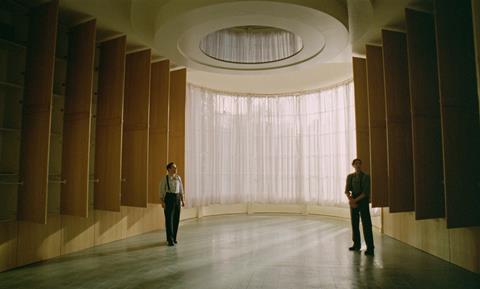
Becker’s first task was to design the building that Brody’s architect character Laszlo Toth dreams up – a construction, it is eventually revealed, that is inspired by his experiences of Nazi concentration camps.
“The first thing Brady asked me to do was to design the institute, so we could figure out what we were going to shoot of it, and what we were going to build of it,” she explains. “We needed to show the producers a design. I worked on it for a couple of weeks, and I drew it, and researched the concentration camps, and tried to come up with some justifications for incorporating architecture of certain elements of the camps. It took a while to crack that nut because that was scripted and it was important.”
The film’s modest budget was not a deterrent. “I’ve been on jobs where there is a lot of money, and I don’t think it always makes it easier,” she says. “It makes people want more and more stuff – and it also brings in more voices, saying, ‘Can we do this and can we do that?’ There’s something very regenerating about bringing things down to a minimal level where it’s the ideas that are important.”
A key example is the elegant library shelving that the architect is paid to build as a surprise for patron Harrison Lee Van Buren (played by Guy Pearce). “It was basically laminated wood, and an idea, and a special-effects gag that makes the cabinets open. That was what it was. The idea. It’s all about the idea.”
Becker’s natural tendency is to favour a less-is-more approach. “I’m pretty naturalistic,” she explains. “I don’t like the set dressing to take the eye away from the story and the actors. It bothers me when I see movies where there’s just too much stuff in an apartment. I’m like, ‘Where did they get all that stuff? Did they go to the flea market?’ It takes me out of the movie entirely. I don’t want the audience to be thinking about why they have that lamp.”
On Brokeback Mountain, remembers Cuccia, Becker helped her dress a set consisting of a kitchen wall with nothing on it except “one little item or two”. And yet a photograph of this wall would become one of the most admired items in Cuccia’s portfolio.
“All the [production] designers loved it, but a lot of people aren’t brave enough to do it.” This sparse aesthetic even applied to the patron’s grand manor in The Brutalist. “Van Buren is very wealthy,” says Cuccia, “but back then even if you were wealthy, you didn’t have hoards of things piled up.”
Still, both women have allowed themselves to be less minimalist than usual since finishing The Brutalist. Becker has designed RIP, a Joe Carnahan cop thriller starring Matt Damon and Ben Affleck. “I got to build a great drug money house – a hoarder’s house where drug money is hidden. It’s a bit different but it looks real.”
And Cuccia has just returned to Canada from Prague, where she worked on the Blade Runner 2099 TV miniseries. “I don’t usually do sci-fi and don’t usually do television, but it’s good to use your brain in a different way, and with sci-fi you definitely do that. One of the producers said to me, ‘Put your crazy pants on!’ I was like, ‘Okay, that’ll be fun.’”
As Becker points out, their more-understated style is not usually celebrated by the Baftas or Oscars, which is why their recognition for The Brutalist is so gratifying. “I would never compromise on what I think is right just to be eligible for awards, so to be nominated is great.”

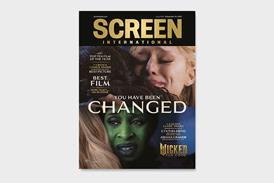
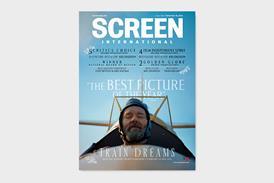

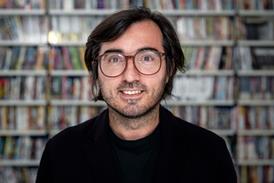



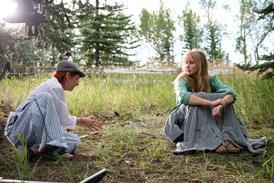
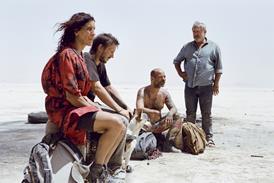



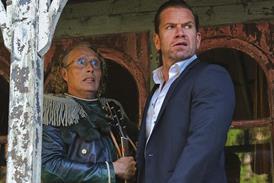

![[Clockwise from top left]: Paul Thomas Anderson, Chloe Zhao, Ryan Coogler, Park Chan-wook](https://d1nslcd7m2225b.cloudfront.net/Pictures/274x183/9/0/0/1467900_writerdirectors_192733.jpg)
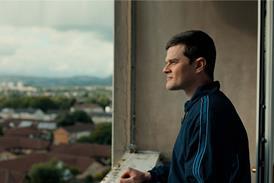



![[Clockwise from top left]: Paul Thomas Anderson, Chloe Zhao, Ryan Coogler, Park Chan-wook](https://d1nslcd7m2225b.cloudfront.net/Pictures/100x67/9/0/0/1467900_writerdirectors_192733.jpg)



No comments yet